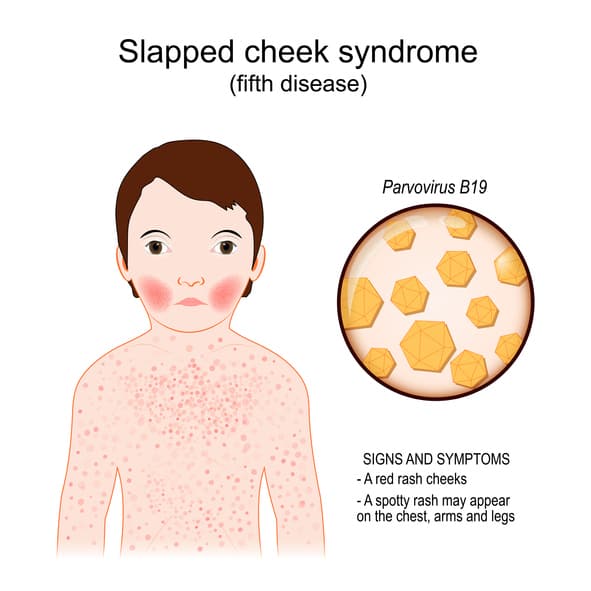Lead poisoning, a serious and potentially life-threatening condition, occurs when lead accumulates in the body, often due to prolonged exposure to small amounts of the metal. Despite its well-documented dangers, lead poisoning remains a significant public health concern, particularly in children, due to their increased susceptibility and the long-term effects it can have on their development and health. The symptoms of lead poisoning can vary greatly depending on the level of exposure, the age of the individual, and the duration of exposure. Understanding these symptoms is crucial for early detection and intervention.
Acute vs. Chronic Exposure
Lead poisoning can result from either acute or chronic exposure. Acute exposure involves a short-term, high-level intake of lead, which can lead to severe symptoms and rapid onset. Chronic exposure, on the other hand, involves long-term, low-level intake, leading to a gradual accumulation of lead in the body and potentially more subtle or delayed symptoms.
Symptoms in Children
Children are particularly vulnerable to the effects of lead due to their developing brains and bodies. Even at low levels, lead exposure can cause significant harm. Common symptoms and effects of lead poisoning in children include:
- Developmental Delays: Lead exposure has been linked to reduced IQ, learning disabilities, and behavioral problems. Children may experience delays in achieving milestones such as walking, talking, or reading.
- Attention Deficit Hyperactivity Disorder (ADHD)-like Symptoms: Exposure to lead has been associated with increased risks of ADHD, including symptoms like inattention, impulsivity, and hyperactivity.
- Digestive Issues: Abdominal pain, constipation, and loss of appetite are common gastrointestinal symptoms.
- Fatigue and Weakness: Lead poisoning can cause anemia, leading to feelings of tiredness and weakness.
- Headaches: These can range from mild to severe and are often accompanied by other neurological symptoms.
Symptoms in Adults
In adults, the symptoms of lead poisoning can be more varied and sometimes masquerade as other conditions, making diagnosis challenging. Common symptoms include:
- Neurological Issues: Lead exposure can lead to numbness or tingling in the hands and feet, difficulty with concentration, memory loss, and in severe cases, seizures.
- Reproductive Issues: In men, lead exposure has been linked to reduced sperm count and decreased fertility. In women, it can lead to miscarriage, stillbirth, and premature birth.
- Hypertension: There is evidence suggesting that lead exposure can contribute to the development of high blood pressure.
- Digestive Problems: Similar to children, adults may experience abdominal pain, constipation, and loss of appetite.
- Anemia: Leading to pale skin, shortness of breath, and feelings of weakness and fatigue.
Diagnostic Challenges
Diagnosing lead poisoning can be challenging, especially in its early stages or in cases of chronic exposure, as the symptoms can be nonspecific and overlap with those of other conditions. Blood tests are the primary method for diagnosing lead poisoning, with levels above 5 micrograms per deciliter (μg/dL) indicating exposure. In severe cases, additional tests such as X-rays, particularly if lead particles are ingested, and CT scans may be used.
Prevention and Treatment
Prevention is key in managing lead poisoning. This includes removing lead-based paints from homes built before 1978, avoiding contaminated water and soil, and ensuring that children’s toys and furniture are lead-free. For individuals whose jobs involve working with lead, adherence to safety protocols and regular blood tests are crucial.
Treatment for lead poisoning depends on the level of exposure and may include:
- Chelation Therapy: For high levels of lead exposure, medications that bind to lead (chelating agents) can help remove it from the body.
- Supportive Care: For lower levels of exposure or in conjunction with chelation therapy, supportive care may include addressing related health issues, such as anemia, and providing nutritional support.
- Environmental Intervention: Removing the source of lead exposure is essential to prevent further poisoning.
Conclusion
Lead poisoning is a preventable condition that poses significant health risks, particularly to children and individuals in occupations with high lead exposure. Early recognition of symptoms and prompt medical intervention are critical to managing lead poisoning effectively and preventing long-term health consequences. Public health efforts to reduce lead exposure through policy changes, education, and environmental remediation are essential in combating this ongoing public health issue.
What are the common sources of lead exposure?
+Common sources include old lead-based paint, contaminated soil, water from old pipes, certain types of imported candies and spices, and lead-based products such as toys, jewelry, and furniture.
Can lead poisoning be completely cured?
+While treatment can reduce the levels of lead in the body and alleviate symptoms, some effects of lead poisoning, especially cognitive and developmental impacts in children, may be irreversible. Early detection and intervention are critical to minimizing long-term damage.
How can I protect my family from lead poisoning?
+To protect your family, ensure your home is lead-free, especially if it was built before 1978. Use lead-safe certified contractors for renovations, keep your home clean and dust-free, and provide your children with a nutritious diet that includes foods high in iron and calcium, which can help reduce lead absorption.



